Congrats! You’ve just picked up a pair of cycling shoes and clip-in pedals. Now it’s time to learn how to use them.
The first thing to know when it comes to clip-in pedals and shoes is there are many different types of clip-ins. The two most common are the SPD and SPD-SL, both of which are manufactured by Shimano. These clips are used by many established bike manufacturers and are by far the most well know. Brands such as Look, Garmin, Pro, and more each have their own as well. All types of clip-in pedals serve the same purpose. The model of pedals and cleats you use can depend on your riding ability, terrain, and the type of shoes you have. In this article we will answer some commonly asked questions, and go over some easy tips for the most common types of clip-ins.
What is a clip-in?
Clip-ins are a type of pedal that attaches to a cycling shoe via a cleat on the bottom of the shoe, to give the rider more control over the pedals and the ability to move the bike not only by pushing down on the pedals but also by pulling up. This means the pedals are in continuous motion while the legs are moving, and the rider can generate speed more efficiently.
Why are clip-ins useful?
Clip-in pedals can be useful for a variety of cyclists and are particularly beneficial for competitive cyclists or those looking to maximize their cycling potential. Using a clip-in pedal can increase your speed, efficiency, and control. Clip-ins ensure your foot stays secured in the optimal position throughout the pedal stroke, and they facilitate a more direct energy transfer through increased stability and control, to propel the bike further with equal or less effort.
How do clip-ins work?
Clip-ins work by securing your foot to a pedal. To “clip-in” your bike must be equipped with clip-in pedals and you must be wearing cycling shoes with cleats on the bottoms of them, to attach to the pedals. To use clip-in pedals, the rider first applies pressure with their shoe to the pedal, and the shoe snaps into the pedal. The “clipping-in” causes a clicking sound, and the rider can feel the pedal move with their foot.
How do I take my foot out of the pedal?
To take your foot out of a clip-in pedal, you move your heel away from the bike, turning your foot outwards and releasing the clip. This takes some practice, so it’s always a good idea to practice stationary against a wall or with a friend before you do it out on the road. Once you get comfortable clipping in and out while stationary, you can try it on a quiet road and get used to doing it before and after pedalling.
What are the benefits of clip-in pedals?
In addition to increasing efficiency, stability, and control over the pedal stroke, clip-in pedals also reduce foot fatigue by distributing pressure more evenly across the foot, diminishing the risk of numbness, sore spots, or discomfort during long rides. Riding technique can also be improved using clip-in pedals to minimize erroneous and inefficient movements.
Tips for using clip-in pedals:
Practice Off the Road
Always practice using clip-in pedals in a safe environment, preferably while stationary, before you go out onto a road and use them. This will ensure you are comfortable with the clipping in and out movements and reduce your risk of a fall.
Set the Proper Release Tension
Most clip-in pedals allow you to adjust the tension at which the cleats release from the pedals. When you begin using clip-in pedals, start with a lower tension, and you can gradually increase it as you become more confident. If you need help doing this, don’t hesitate to ask an expert.
Position your Cleats Correctly
Having the proper cleat positioning is crucial for comfort, efficiency, and injury prevention. Ensure that your cleats are aligned correctly on your cycling shoes and positioned in a way that provides a natural and comfortable foot angle. Not sure how to do this? Come into Racer Sportif and a member of our team will be happy to position your cleats specifically to you.
Clip In and Out Smoothly
When clipping in and out, do so in a smooth and deliberate manner. Too much force or movement can make it difficult to release the cleat from the pedal. Staying relaxed will help ensure a smooth clipping experience.
Anticipate Stops and Unclip Early
Anticipate stops, intersections, or obstacles in advance, and unclip one foot early to prepare for your stop. This allows for you to balance and come to a controlled stop without feeling rushed to unclip at the last moment.
Practice Track Stands
Practice your track stands at home, which involve balancing on your bike with one foot on the ground and the other clipped into a pedal. Track stands help you maintain balance and stability while stopped without having to unclip both feet. You can try pushing yourself along with your unclipped foot for short distances to develop another useful skill.
Be Mindful of Terrain
Pay attention to the terrain and riding conditions during your outing, especially when riding off-road or on uneven surfaces. Clipping out before challenging sections of your ride such as technical descents, rocky trails, or steep climbs will help you to maintain control and prevent falls.
Practice Emergency Unclipping
Before going out onto the busy roads, practice unclipping quickly in case you need to come to an immediate stop or disengage your foot without warning to prevent falls and collisions. This involves unclipping both feet rapidly and forcefully, simulating a sudden stop or obstacle.
Protect your Cleats from Wear
As cleats are attached to the bottom of your shoes, they can wear down easily when you are walking around. Cleats made of plastic are particularly susceptible to wear. Consider purchasing some rubber cleat guards to protect them when not on the bike or limiting your walking in your cycling shoes. This will increase the life span of your cleats.
Once you have purchased your first pair of clip-ins and cleats, get to practicing, and you will be ridding like a pro in no time, wondering what you ever did without them.
The first thing to know when it comes to clip-in pedals and shoes is there are many different types of clip-ins. The two most common are the SPD and SPD-SL, both of which are manufactured by Shimano. These clips are used by many established bike manufacturers and are by far the most well know. Brands such as Look, Garmin, Pro, and more each have their own as well. All types of clip-in pedals serve the same purpose. The model of pedals and cleats you use can depend on your riding ability, terrain, and the type of shoes you have. In this article we will answer some commonly asked questions, and go over some easy tips for the most common types of clip-ins.
What is a clip-in?
Clip-ins are a type of pedal that attaches to a cycling shoe via a cleat on the bottom of the shoe, to give the rider more control over the pedals and the ability to move the bike not only by pushing down on the pedals but also by pulling up. This means the pedals are in continuous motion while the legs are moving, and the rider can generate speed more efficiently.
Why are clip-ins useful?
Clip-in pedals can be useful for a variety of cyclists and are particularly beneficial for competitive cyclists or those looking to maximize their cycling potential. Using a clip-in pedal can increase your speed, efficiency, and control. Clip-ins ensure your foot stays secured in the optimal position throughout the pedal stroke, and they facilitate a more direct energy transfer through increased stability and control, to propel the bike further with equal or less effort.
How do clip-ins work?
Clip-ins work by securing your foot to a pedal. To “clip-in” your bike must be equipped with clip-in pedals and you must be wearing cycling shoes with cleats on the bottoms of them, to attach to the pedals. To use clip-in pedals, the rider first applies pressure with their shoe to the pedal, and the shoe snaps into the pedal. The “clipping-in” causes a clicking sound, and the rider can feel the pedal move with their foot.
How do I take my foot out of the pedal?
To take your foot out of a clip-in pedal, you move your heel away from the bike, turning your foot outwards and releasing the clip. This takes some practice, so it’s always a good idea to practice stationary against a wall or with a friend before you do it out on the road. Once you get comfortable clipping in and out while stationary, you can try it on a quiet road and get used to doing it before and after pedalling.
What are the benefits of clip-in pedals?
In addition to increasing efficiency, stability, and control over the pedal stroke, clip-in pedals also reduce foot fatigue by distributing pressure more evenly across the foot, diminishing the risk of numbness, sore spots, or discomfort during long rides. Riding technique can also be improved using clip-in pedals to minimize erroneous and inefficient movements.
Tips for using clip-in pedals:
Practice Off the Road
Always practice using clip-in pedals in a safe environment, preferably while stationary, before you go out onto a road and use them. This will ensure you are comfortable with the clipping in and out movements and reduce your risk of a fall.
Set the Proper Release Tension
Most clip-in pedals allow you to adjust the tension at which the cleats release from the pedals. When you begin using clip-in pedals, start with a lower tension, and you can gradually increase it as you become more confident. If you need help doing this, don’t hesitate to ask an expert.
Position your Cleats Correctly
Having the proper cleat positioning is crucial for comfort, efficiency, and injury prevention. Ensure that your cleats are aligned correctly on your cycling shoes and positioned in a way that provides a natural and comfortable foot angle. Not sure how to do this? Come into Racer Sportif and a member of our team will be happy to position your cleats specifically to you.
Clip In and Out Smoothly
When clipping in and out, do so in a smooth and deliberate manner. Too much force or movement can make it difficult to release the cleat from the pedal. Staying relaxed will help ensure a smooth clipping experience.
Anticipate Stops and Unclip Early
Anticipate stops, intersections, or obstacles in advance, and unclip one foot early to prepare for your stop. This allows for you to balance and come to a controlled stop without feeling rushed to unclip at the last moment.
Practice Track Stands
Practice your track stands at home, which involve balancing on your bike with one foot on the ground and the other clipped into a pedal. Track stands help you maintain balance and stability while stopped without having to unclip both feet. You can try pushing yourself along with your unclipped foot for short distances to develop another useful skill.
Be Mindful of Terrain
Pay attention to the terrain and riding conditions during your outing, especially when riding off-road or on uneven surfaces. Clipping out before challenging sections of your ride such as technical descents, rocky trails, or steep climbs will help you to maintain control and prevent falls.
Practice Emergency Unclipping
Before going out onto the busy roads, practice unclipping quickly in case you need to come to an immediate stop or disengage your foot without warning to prevent falls and collisions. This involves unclipping both feet rapidly and forcefully, simulating a sudden stop or obstacle.
Protect your Cleats from Wear
As cleats are attached to the bottom of your shoes, they can wear down easily when you are walking around. Cleats made of plastic are particularly susceptible to wear. Consider purchasing some rubber cleat guards to protect them when not on the bike or limiting your walking in your cycling shoes. This will increase the life span of your cleats.
Once you have purchased your first pair of clip-ins and cleats, get to practicing, and you will be ridding like a pro in no time, wondering what you ever did without them.
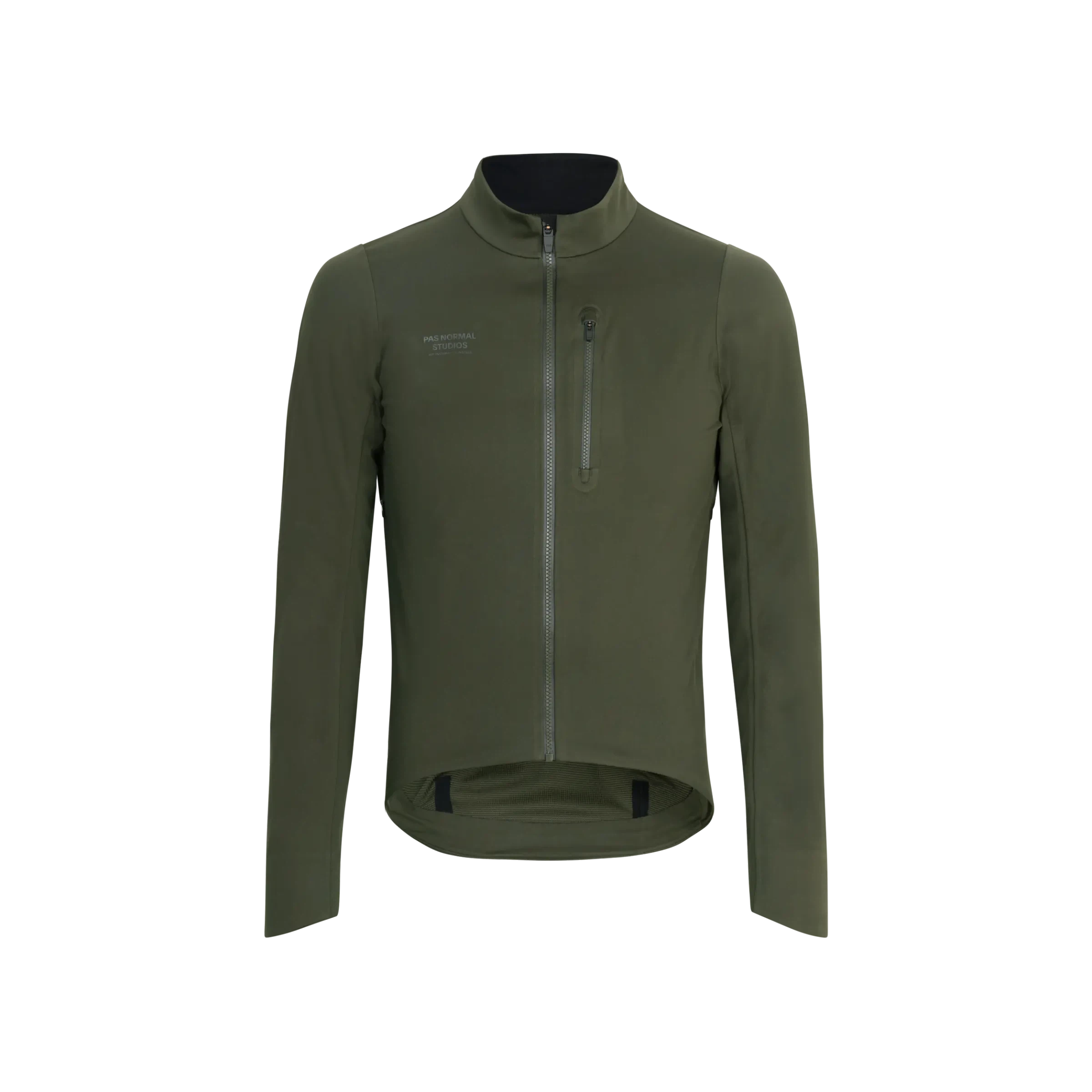
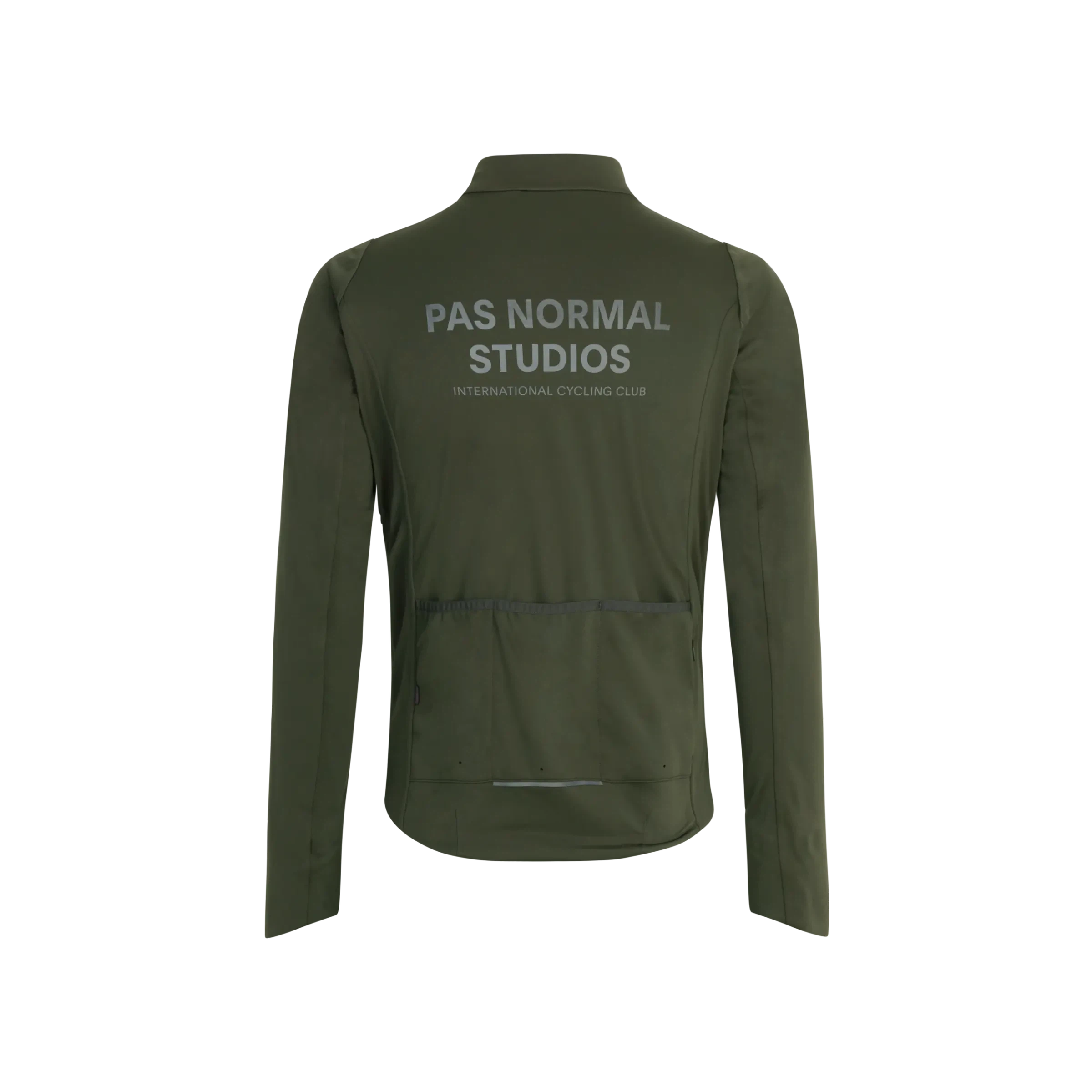


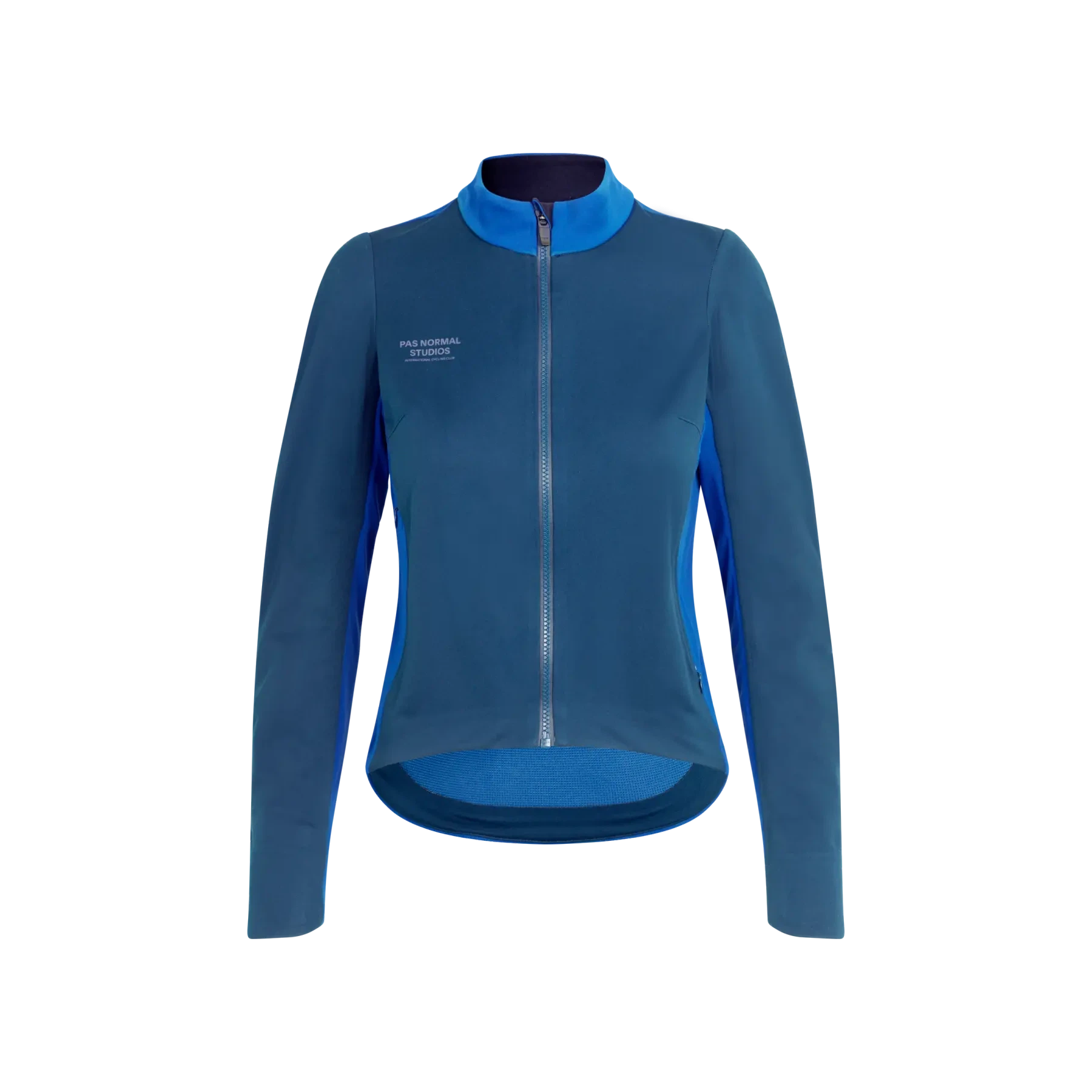
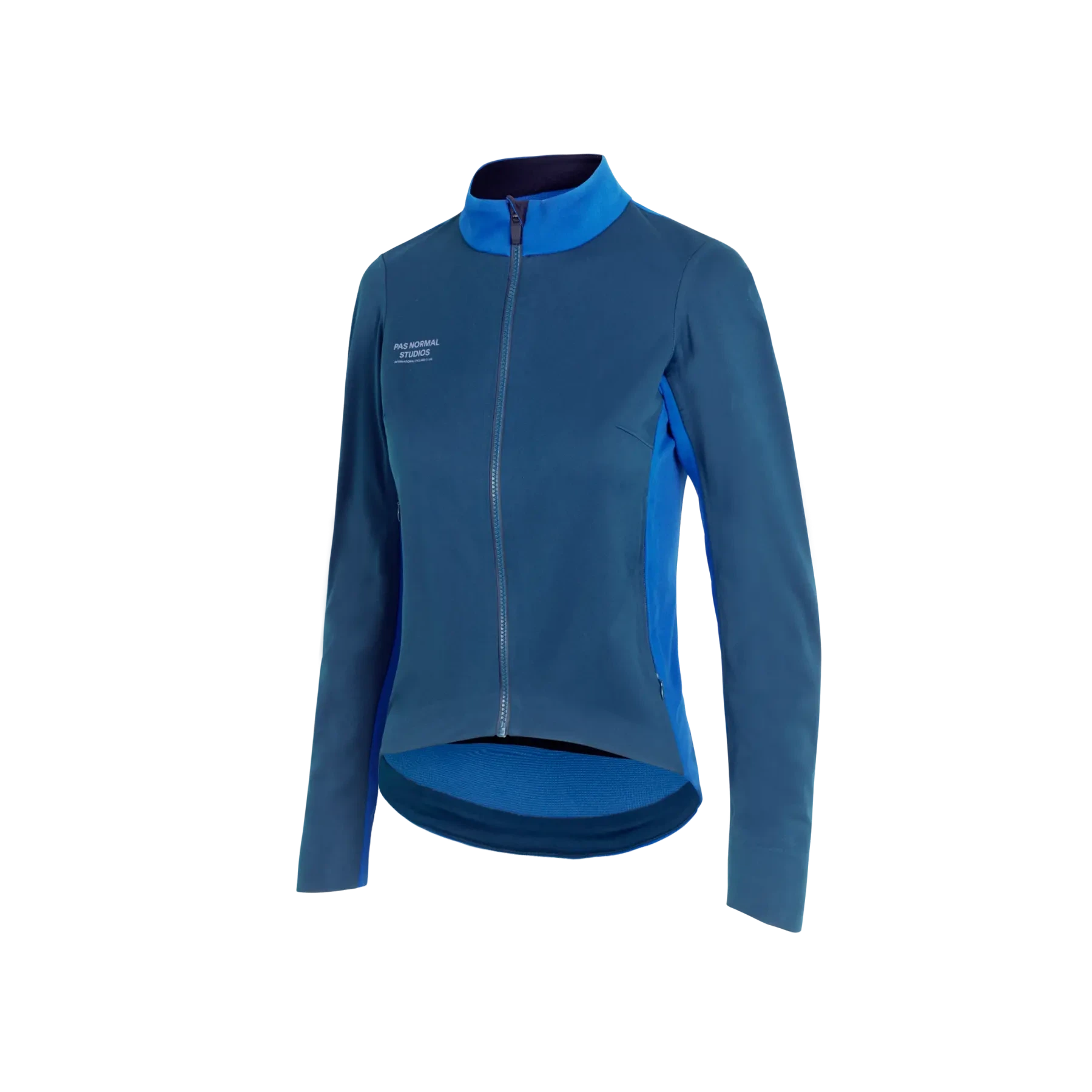
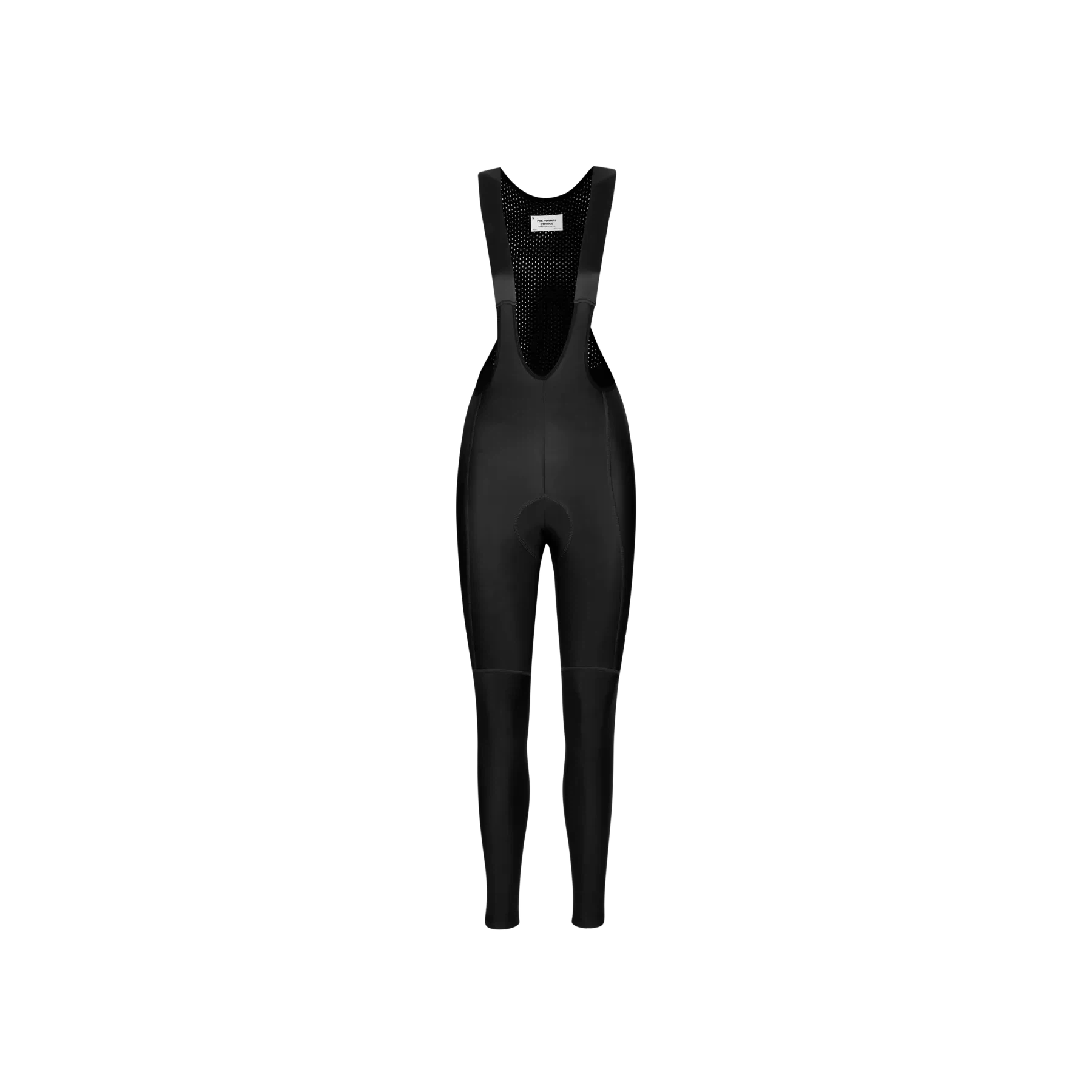
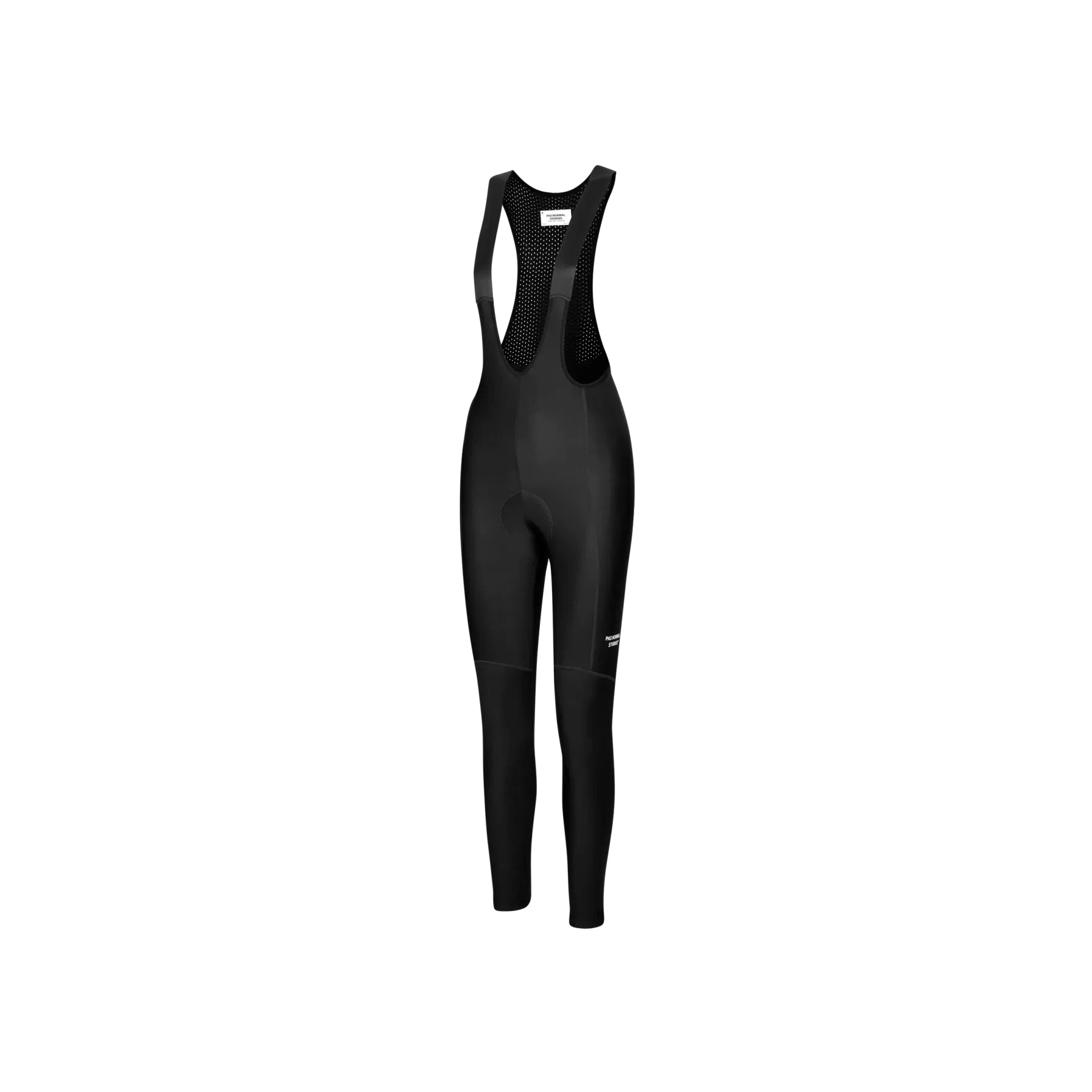

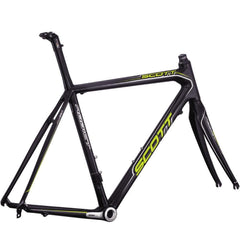
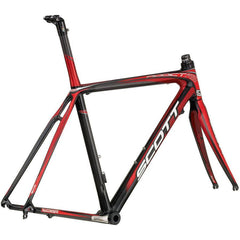

Leave a comment